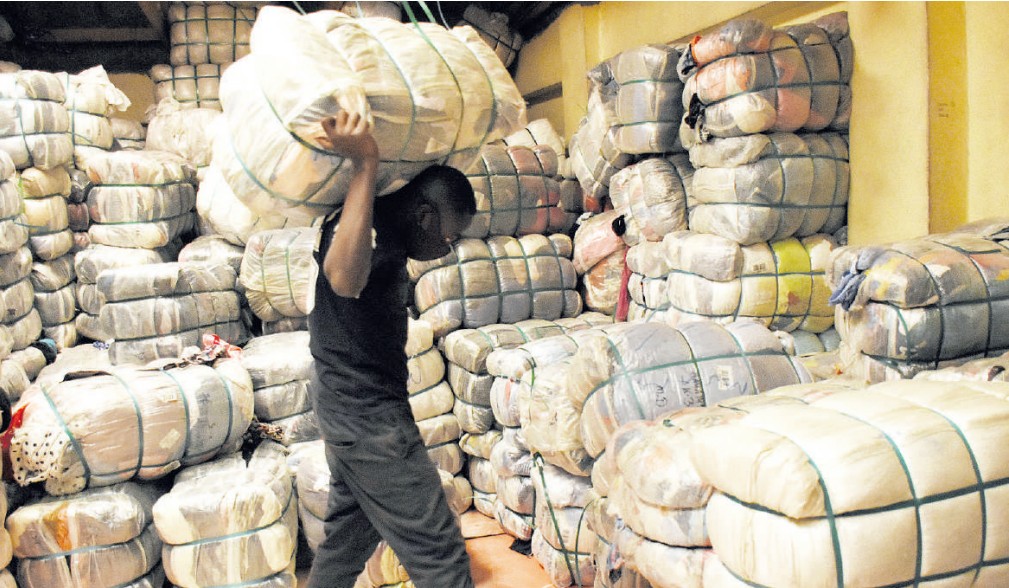

This might surprise you, but Kenya is one of the global suppliers of big fashion brands in America.
In fact, Kenya is the largest exporter of garments under the African Growth and Opportunity Act programme. We pride ourselves on manufacturing for big names such as H&M, Levi’s, JC Penny, Wrangler, and Otto, among others.
This demonstrates that local industries can produce high-quality products for local and international markets. Our textile and apparel sector plays a crucial role in the economy due to three main reasons.
First is the fact that access to clothes is a basic need, second is the strong linkage between manufacturing and agriculture in the farm-to-fashion value chain, and third is the ability of the sector to create gainful mass employment within a short period.
Despite the local sector making a mark in the global space through our apparel exports, accounting for approximately Sh51 billion, our imports remain high. This calls for the urgent need to reinvigorate the sector.
By doing so, we will provide citizens and export markets with high-quality, affordable, ready-made garments from locally produced raw materials whilst creating employment along the value chain.
Additionally, the high involvement of MSMEs in the sector provides a golden opportunity to infuse creativity and diversity in our fashion in addition to the agility to drive fashion trends.
A deliberate structure to grow and develop SMEs would be a sure bet to drive this. An analysis of the local textiles and apparel sector calls for urgent intervention–primarily to close the gaps to run an efficient farm-to-fashion value chain.
Kenya is now a net importer of cotton, but enormous opportunities to create over 200,000 direct jobs in cotton farming exist.
Production of other fibres such as silk and wool presents numerous opportunities to tap into the premium markets with the fibreto-fashion sector, leading to more benefits to the local economy.
For instance, we currently produce 1.2 million kilogrammes of wool annually. By increasing farmers involved in wool farming from the current 8,000 to over 20,000, we can triple wool production whilst creating new jobs.
The writer is a public policy expert and the former Kenya Association of Manufacturers CEO










